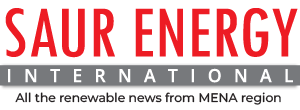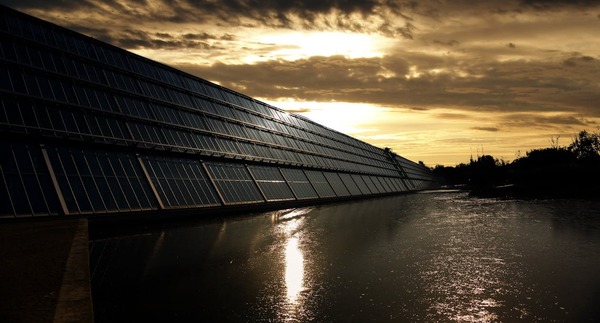Seef Properties, Bahrain has announced a solar power project to provide renewable energy to four shopping malls, Seef Mall – Seef District, Seef Mall – Isa Town, Seef Mall – Muharraq, and Al Liwan. The project will be implemented in partnership with Yellow Door Energy (YDE). Two contractors, Comsip Al A’ali and Almoayyed Solar Company, have been appointed to handle engineering, procurement, and construction.
Comsip Al A’ali, part of VINCI Energies, will install and maintain solar panels at Seef Mall – Muharraq and Al Liwan, a division of Almoayyed International Group, will carry out the same work at Seef Mall – Seef District and Seef Mall – Isa Town. Solar panels will be placed on mall rooftops and parking areas. The total capacity is expected to be 8.9 megawatts, generating around 14,000 megawatt-hours annually.
Seef Properties CEO, Ahmed Yusuf, stated that the project will introduce renewable energy solutions to the company’s operations. Jeremy Crane, CEO of Yellow Door Energy, emphasized the role of commercial solar projects in advancing renewable energy adoption in Bahrain.
The project is set to begin in the first quarter of 2025 and is expected to be completed by the fourth quarter of the same year. Over 15,600 solar panels will be installed, with half placed on rooftops and the rest in parking areas as bifacial high-efficiency modules. The project aligns with Bahrain’s Net Zero 2060 initiative.
In addition to Seef Properties’ solar project, Bahrain has been working on other renewable energy initiatives. The country has implemented several solar and wind energy projects. The University of Bahrain has installed a solar plant on its campus, producing clean energy for academic buildings. The Bahrain International Circuit has integrated solar panels into its infrastructure. A floating solar pilot project is being explored to assess its feasibility in the region.
Bahrain’s Electricity and Water Authority (EWA) has also launched solar energy programs for residential and commercial properties. Net metering policies allow businesses and homeowners to feed surplus solar power back into the grid.


